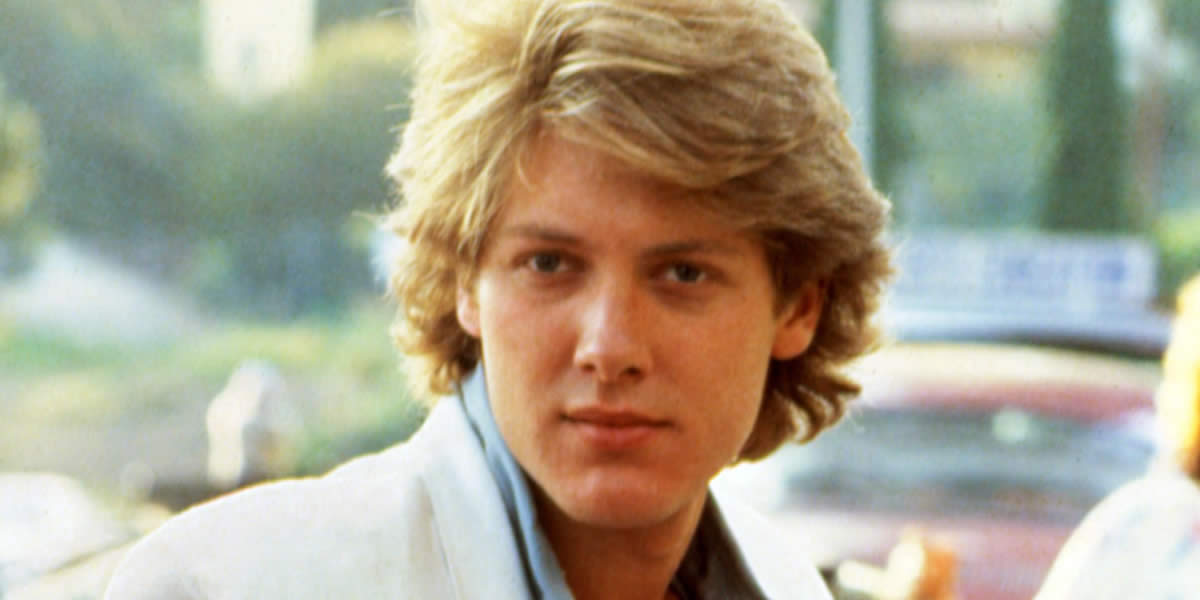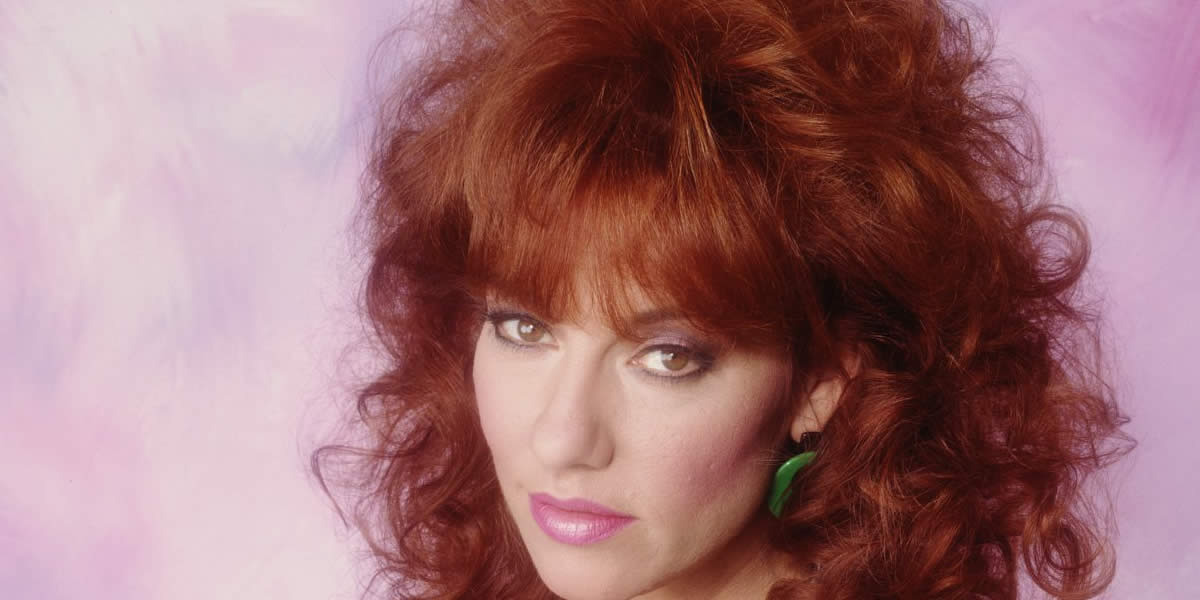One of the most quintessential parts of 80s fashion, was the advent of graphic tees which provided people with a new outlet to make bold statements.
The 80s were a period of many different changes in the fashion industry, and one of the most important evolutions was the graphic Tee. In a decade that was known for making bold statements, graphic tees were a perfect fit. They often came with a wide selection of bold designs, slogans, and eye-catching logos which allowed people to express their identities and showcase their interest to the world. From simple band logos to political slogans, graphic tees captured the vibrant energy of the decade and quickly became a staple in every wardrobe.
The Rise of Graphic Tees in 80s Fashion The 80s saw a rise in consumerism thanks to a widening middle-class, and the availability of disposable incomes. As a result, household began spending more money on entertainment, fashion, and family time. It was in this backdrop that people began to see clothing as more than just something to cover their bodies, it was a way for them to convey their personalities and values. It was during this same period of time that brands began to cater to these demands for a more individualized style.
There were many technological advancements throughout the 80s including the rise of cable TV and the launch of MTV. As a way of paying homage to their favorite band, movie, or sports team, people began wearing graphic tees that were emblazoned with simple logos. But, this phenomenon expanded from there, thanks to the many advancements in screen-printing technology. By the mid-80s, screen printing was extremely cheap, and it allowed for the production of extremely intricate designs which opened up an endless possibility for graphic tees to become part of mainstream fashion.
How Graphic Tees Changed 80s Fashion But, in order to understand just how much graphic tees changed 80s fashion , we need to look at the music, bands, popular culture, movies, and political movements of the era.
Music and Band Graphic Tees in 80s Fashion One of the biggest trends in 80s graphic tees was wearing a band tee. As music videos took center stage, artists became larger-than-life and developed a massive fan following. He had major artists like Guns N’ Roses, AC/DC, Madonna, and even Michael Jackson, whose careers rose to stardom during the early 80s. They quickly became a symbol of rebellion, freedom, and identity. The concept of wearing a T-shirt that featured one’s favorite band allowed them to feel more connected with their idols and to broadcast their taste of the world.
Popular Culture and Movie Graphic Tees The 80s were also a golden era for the blockbuster film. Anyone who grew up and lived through the 80s, knows just how important a role that classic movies like Ghostbusters, Star Wars, and Back to the Future played in 80s fashion trends. There wasn’t a kid in school that didn’t have a Ghostbusters T-shirt throughout the mid-80s. These movies didn’t just dominate the box office, they became part of popular culture. And, the printing of graphic tees was a primary medium for merchandising during this period of time.
The availability of movie-themed tees also reflected the growth and the fandom culture of the decade. People were now able to identify with their favorite movie franchises by wearing them proudly on their chests. Graphic tees offered fans with a way to feel connected with the characters and the stories that resonated with them the most.
And, who can forget the beach craze of the 80s? Some of the most popular graphic tees of the decade were products of Ron Jon Surf Shop , Billabong, Bad Boys Club, O’Neill, and even Quicksilver . Although some of these graphic tees just featured a logo on the front, others featured complex, colorful, and sometimes geometric print designs on the back.
Political Graphic Tees in 80s Fashion But, the 80s was more than just music and popular culture . There was a rise in social and political activism during the decade. And graphic tees just did it perfectly. They became a vehicle for political statements, and often featured slogans about various environmental concerns, social issues, or political beliefs. They were seen as a way to vocalize one’s opinions without having to say it out loud. Graphic tees were a form of walking advertisement for these causes and helped to spark conversation and even controversy.
The People Who Made Graphic Tees Popular Of course, graphic tees would not have been, as popular as they work if it weren’t for the celebrities and icons that push them into the spotlight. Madonna, for example, was often seen sporting graphic tees that played into her rebellious image. It allowed her to make a statement with just about every outfit she wore. Then you had musicians like Bruce Springsteen, who made the graphic T a cornerstone of his casual style. Even Tom Cruise played a crucial part in bringing graphic tees into mainstream appeal.
The Enduring Legacy of Graphic Tees Prior to the 80s, there were printed T-shirts, but they were not as commonplace. The decade provided the fashion industry with many opportunities to expand and reach new horizons. And, clothing quickly became a canvas for one’s individual beliefs, interests, and fandoms. Graphic tees were able to blur the lines between fashion and pop culture, and that trend still continues today.
Graphic tees have become an integral part of today’s streetwear, and the graphic T-shirt continues to remain a cornerstone of the fashion industry. In today’s digital age, graphic tees are commonly used as a way of promoting memes, quotes, and social media trends. People still use these shirts to convey their own personal beliefs, such as supporting causes, displaying their identity, and providing a little bit of humor to the world. And, just like they did back in the 80s, graphic tees are the most common way of making a statement without having to say a word.
Conclusion In the end, graphic tees were more than just another piece of casual wear. They became a revolutionary means of self-expression that resonated across many generations. People who chose to wear graphic tees could announce their love for a band, support a cause that they believed in, or showcase their favorite movie or pastime. It allowed them to blend fashion with identity in a way that still remains popular today .




